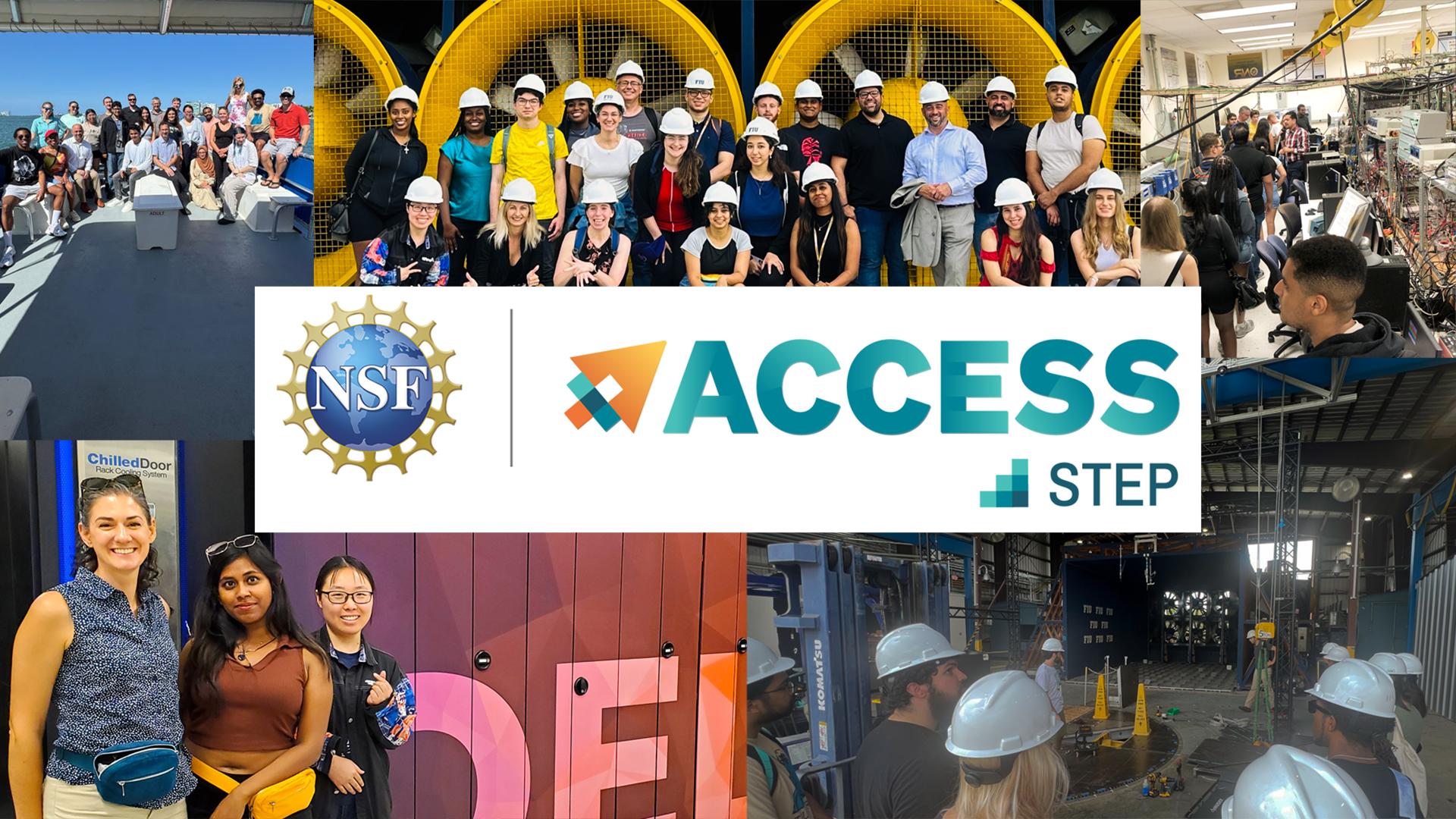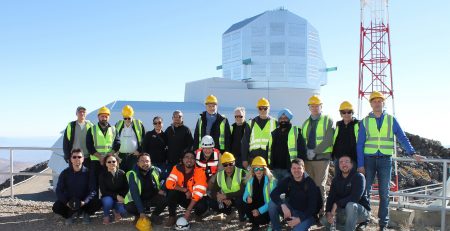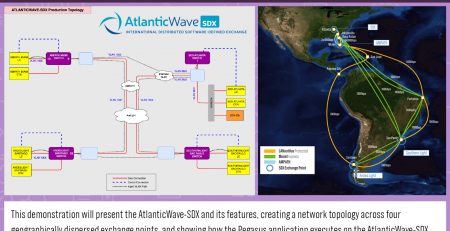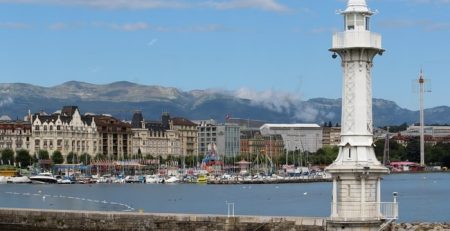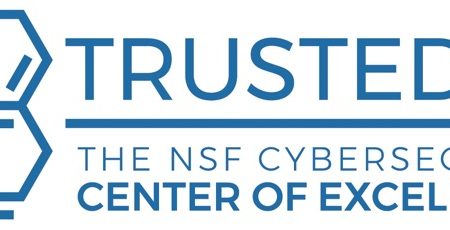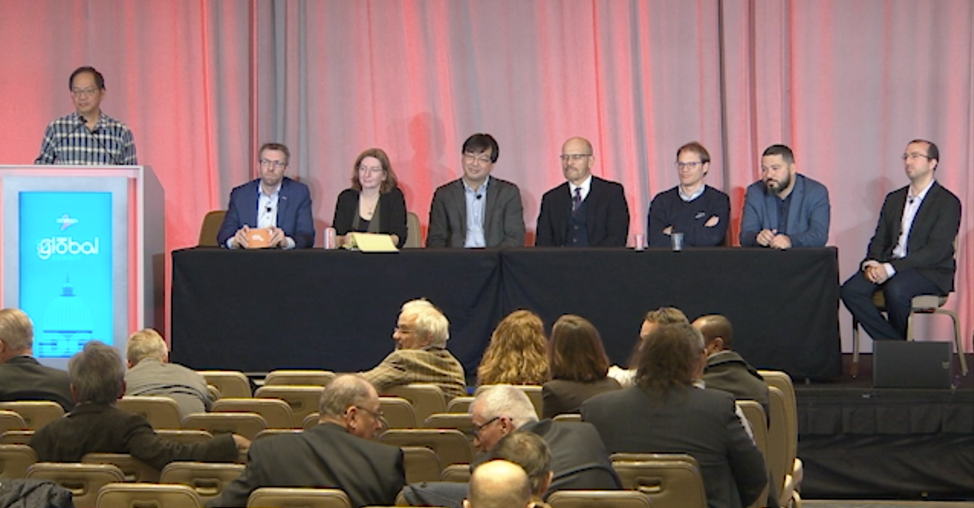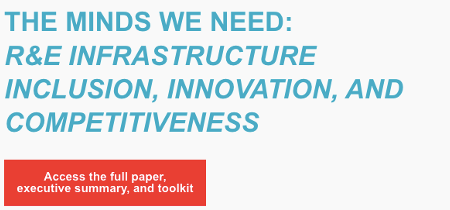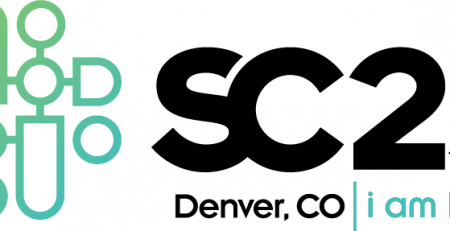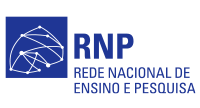A Summer of Cyberinfrastructure
By Megan Johnson, NCSA
Original article here: https://access-ci.org/a-summer-of-cyberinfrastructure/
For those not yet familiar, the Student Training and Engagement Program (STEP) is just one of the great offerings hosted by the U.S. National Science Foundation’s ACCESS program. Envisioned as a way to bring new experts into the field of cyberinfrastructure (CI), STEP promotes the development of a strong, competitive STEM workforce by providing opportunities to students who are interested in learning more about careers in CI. STEP interns spend part, or all of their summer, exploring the many roles professionals play in the realm of High Performance Computing (HPC) – everything from cybersecurity, to networking, to support.
“Our main goal is to contribute to raising the level of awareness about cyberinfrastructure as a viable career path while also providing students with high-quality training that will lead them in the workforce,” said Winona Snapp-Childs, Ph.D., STEP director and chief operating officer of Indiana University’s Pervasive Technology Institute (PTI). “It’s important that our current cyberinfrastructure expertise gets shared with the next generation of cyberinfrastructure professionals.”
STEP is as close as it gets to a formal cyberinfrastructure (CI) training program – it’s especially unique in that it provides highly practical experiences. Students are embedded with teams working at premier computing centers across the country. Each student is given the opportunity to learn more about the various specialties within the field of cyberinfrastructure, and they are paired with mentors with decades of experience who take them through the day-to-day of the experts who support HPC.
The first stage of the program, STEP-1, is a two-week on-site experience that happens in May, and for many of the students in the program, it’s their first broad overview of the many roles required to support CI resources. This year, STEP students were hosted at Florida International University (FIU) in Miami. Rob Quick, the director of the Cyberinfrastructure Integration Research Center (CIRC) at Indiana University (IU) headed up the STEP-1 workshop.
The STEP program is essential for empowering the next generation of research cyberinfrastructure professionals. It fosters real-world skills and cultivates a sense of responsibility, leadership and purpose within ACCESS and the academic research computing community as a whole.
–Rob Quick, Director, Cyberinfrastructure Integration Research Center, Indiana University
Quick helped plan the schedule, arranging for resource provider spotlights and the hands-on networking aspects of the program. He also led a number of the sessions during the two-week workshop, including the Open and Responsible Research, Unix, Notebooks, Computational Infrastructures, Containers and Cloud Computing modules. While he was integral to the planning and implementation of the STEP-1 program, the best part for Quick was the chance to mentor potential future CI specialists.
“While I was a major contributor to the STEP-1 curriculum materials, my favorite role was providing a touchpoint for the event participants,” Quick said. “This provided an opportunity to serve as a career advisor, mentor, and ACCESS-CI advocate, and to assist with any logistical issues they encountered during the event.”
He explained how one of these mentorship activities was the highlight of the two weeks for him. “A few of the participants pulled me aside for post-education career advice,” he said. “One in particular hoped to make an impact locally at a small university but did not have an obvious path to do so. I offered advice on how to make an impact while they were still a student that might lead to long-term success for both the university and the participant.”

STEP-1 students and mentors visit FIU’s Wall of Wind.Vasilka Chergarova, Ph.D., is the IT assistant director at FIU. She helped plan many of the on-site activities during STEP-1, including visits to the M1 Equinix Data Center and a visit to the Wall of Wind facility at FIU. The facility, funded by the National Science Foundation, is just one example of the unique opportunities for SPIN students to see hands-on how large research projects come together using the vast resources in the NSF portfolio.
Programs like STEP are vital for empowering the next generation of scientists and engineers by providing early access to cutting-edge research, hands-on experiences, and mentorship that can shape their academic and professional journeys.
–Vasilka Chergarova, FIU
Students in the program were excited to get such an up-close look at what CI specialists do in their day-to-day work, especially since many of them hoped to work in the field once they graduated. Jennifer Lopez is a computer science student at Wayne State University in Detroit. As a rising senior, she’s close to graduating and beginning to consider possible career choices.
“I applied to STEP because I wanted to build on my current experience as well as explore more in CI,” she said. “I wanted to see what else there was to explore and work with.”
She found the workshop on cybersecurity to be her favorite. “A cool thing I experienced in this program was the ‘Sniffing and Password Cracking’ workshop led by Dr. Akkaya,” said Lopez. “The workshop showed us how to work with Kali Linux and look into cybersecurity. We were able to do some cool features with our webcam, as well as cracking some logins.”
Max Yagel is also studying computer science. Yagel came to the STEP program from Clemson University, hoping to build on what he learned in the classroom. “Cyberinfrastructure was something that I had heard of but wasn’t too familiar with, so I’m glad that I got to learn more about it,” he said. “I’m not sure what exactly I want my career to be, but I would like to go into software development.”
He learned a lot during the program, but he was particularly intrigued by how data centers operate, specifically with how they source their equipment from companies that often service their competitors. “I found it very interesting that these companies are willing to trust a third party with their stuff and to accept that other companies do the same in the same building.”
Alicia Mache is currently studying business information systems at Westminster University in Salt Lake City. She was curious about the types of jobs in CI that might be of interest to her. “I wasn’t sure which cyberinfrastructure topics I was interested in, and I wanted to learn more about the career options I had,” said Mache. “One of the topics, cybersecurity, stood out to me because I had heard about it but didn’t know much about it.”
One of the things she liked about the STEP-1 portion of the program was its accessibility to students of varying educational backgrounds. “I liked that the first part of the STEP program was an overview of a lot of topics,” she said. “I didn’t feel like I needed to come into it understanding these topics in depth. This made it very appealing for me.”
This is STEP’s third year, and it has been so successful that previous graduates have already begun their careers in CI. That means students like Mache had the opportunity to hear from someone who found success in the program.
The coolest thing from the program was hearing from a past STEP participant who now has a job in cybersecurity. It was cool hearing about her journey and learning about cybersecurity at the same time.
Both Mache and Yagel had one other experience during the program that they had to talk about. “The best experience of the program was going on a boat to see the underwater data collecting sensors in Biscayne Bay and then seeing dolphins!” said Mache. “It was nice going out and seeing the dolphins and manatees in the Miami waters,” added Yagel.
All the students were pleased with the experience and found it to be a valuable step toward a future career in CI.
“This program more than met my expectations,” said Lopez. “It was an amazing experience. I learned more than I was expecting, and it was also very hands-on. This program not only brought new interests in my career, but it also brought confidence in myself and the feeling of wanting to connect more and explore more. I enjoyed my two weeks here and wish it could have been longer. I’m happy with the material and new friends that I gained here, and I would recommend this to anyone who is interested in this.”

The STEP program is designed in part to showcase how vital HPC resources are to research computing. Quick explained that having the students tour resources like the FIU research facilities helps them make the connection between the science results written about in academic papers and the cyberinfrastructure resources used to create those impressive results.
“I hope the students left the event with a sense of the strength of the ACCESS-CI community as a whole,” said Quick. “While the technology lessons are essential, the personal networking and community aspects are what I hope leave a lasting impression.”
If you’re interested in participating in the STEP program next year, you can find more information about it on the STEP webpage. Applications for the 2026 program will open in late 2025.

